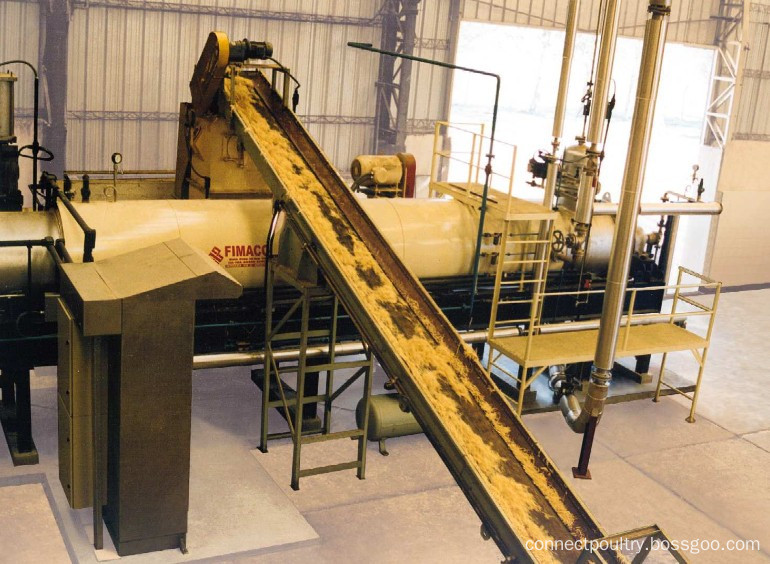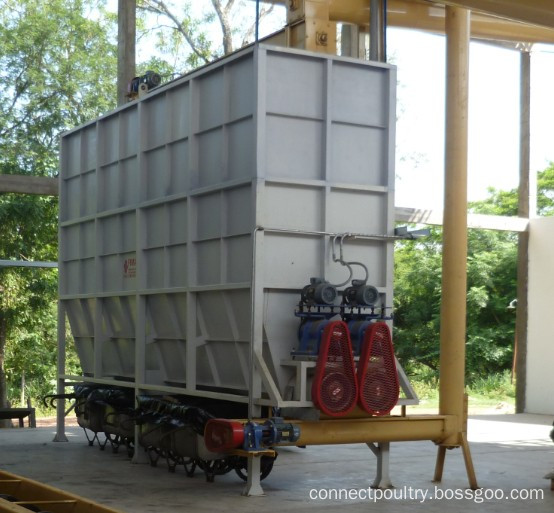China Drying Network News The launch of the Guangdong carbon emissions trading pilot and the unveiling ceremony of the Guangzhou Carbon Emissions Exchange were held in the Guangzhou United Exchange Park. According to the implementation plan of Guangdong's carbon emissions trading pilot program, 827 enterprises in the nine major industries, including petrochemicals, plastics, electric power, and steel, have been included in the first batch of “control†areas, and a carbon-emissions right compensation use system has been implemented. As the country's first batch of low-carbon pilot cities, Guangdong Province has achieved the goal of reducing energy consumption per unit of GDP by 18% and reducing carbon dioxide emission intensity by 19.5% during the “12th Five-Year Plan†period, which are higher than those of other provinces across the country. The pressure is huge. The companies that are included in the “control†business are mainly high-energy-consuming enterprises, that is, companies that emit 20,000 tons of carbon dioxide (or 10,000 tons of standard coal equivalent) and above in any year from 2011 to 2014. The "Guangdong Province Carbon Emissions Trading Pilot Implementation Plan" stipulates that the system of paid use of carbon emission rights shall be implemented, and carbon emission right quotas shall be issued in the form of free-for-money and paid-for-subsidies in the initial stage. Li Zhengxi, chairman and president of the Guangzhou Emissions Exchange, said that the first launch of the subscription project was the first quota transaction under total control in the country. It will be determined by market conditions in the future. Current prices are difficult to predict and depend on total policies and quotas. If the quota is tight, everyone will have a strong desire to buy and the price will be relatively high. It is reported that Guangdong's carbon emission trading pilots are divided into three phases. The first phase (2012-2015) is a pilot trial period, focusing on pilot projects for establishing carbon emission trading mechanisms in some key industries. According to the work arrangements of the provincial government, in March 2013, Guangdong Province will issue carbon emission quotas to “control†enterprises. The trial of carbon emissions trading has brought pressure to petrochemical and plastics companies. Lin Jiang, a professor at Lingnan College of Sun Yat-sen University, pointed out that this move will also force the transformation and upgrading of high-energy-consuming enterprises. In the future, developed countries will gradually impose carbon taxes on products from countries such as China, which will increase the burden on enterprises. Enterprises should do a good job of prevention in advance.
CONNECT rendering Raw Material Handling Equipment including the raw material hopper, silo, large bones or animals crusher, feature water squeez machine to remove the water which come from slaughterhouse, the feature belt conveyor which for feeding the raw material into digestor. The small capacity Rendering Plant is working with the raw material feeding conveyor to digest to realize the semi-automatic working process for feeding. The large capacity rendering plant need working with the raw matereial hopper, feeding pump system to form the fully automatic working which not only saving labors cost but also match the large working capacity.
Raw Material Handling Equipment Raw Material Handling Equipment, Raw Material Bin, Raw Material Silo Connect Group For Poultry Project , http://www.connectpoultry.com

